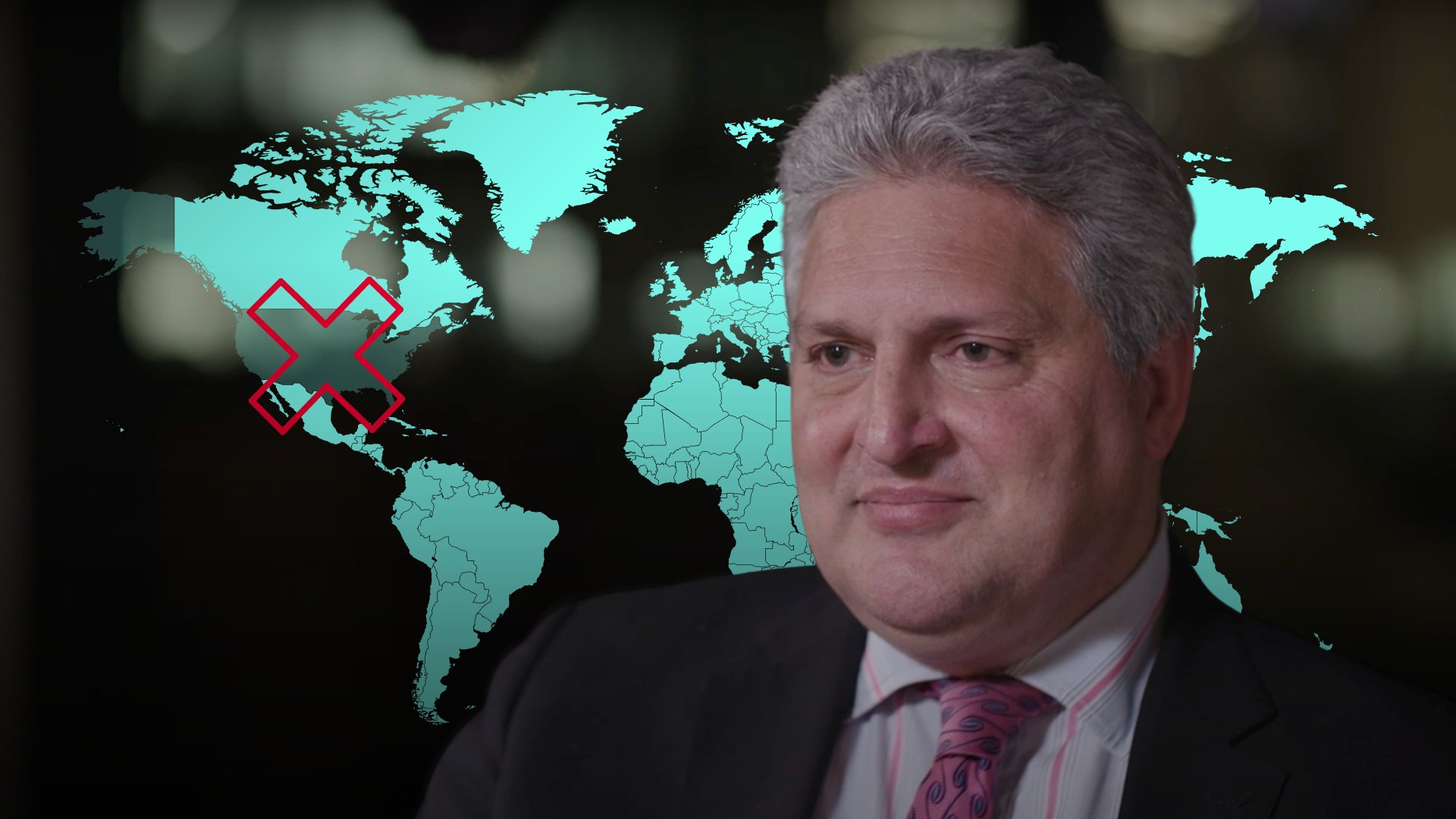
Bond Issuance Types

Keith Mullin
35 years: Capital markets editorial
The US have most liquid bond markets in the world. Once an issuer has decided to issue in the US, there are several options they can consider based on a number of factors. Keith outlines these options by discussing the various ways in which a company can choose to issue a bond; by registering with the SEC, or not.
The US have most liquid bond markets in the world. Once an issuer has decided to issue in the US, there are several options they can consider based on a number of factors. Keith outlines these options by discussing the various ways in which a company can choose to issue a bond; by registering with the SEC, or not.

Bond Issuance Types
12 mins 37 secs
Bonds can be issued in a variety of ways: Through secured and regulated SEC registration, although this comes with intense red-tape, or in the case of some non-US issuers, they prefer to exercise other channels that are exempt from registration. For example, Reg S or Rule 144a.
Key learning objectives:
Identify key determinants of bond issuance types
Describe SEC registration and discuss the benefits and the red-tape involved.
Be able to identify all unregistered routes and explain what each of them entail
Define sections 3(a)(2) and 4(a)(2)
Describe what MTN programmes involve
What are the key determinants of bond issuance types?
- Who they wish to sell to
- How many investors they wish to reach
- How much they want to issue
- How big individual bond denominations are
- The extent to which issues and their underwriters are permitted to market and advertise offerings.
What are SEC registered bonds?
The SEC is one of several regulatory bodies with oversight of the US capital market. Under this, all issuers must comply with onerous transparency, reporting requirements and disclosures. Disclosure is required around the issuer’s business and management (audited financial statements) as well as full details of the securities to be offered. Investors who buy in registered public offerings and suffer losses may be protected via recourse to recovery and redress rights if information disclosure is proven to have been either inaccurate, misleading or incomplete.
What are the unregistered routes?
- Regulation S
- Rule 144a
- Regulation D
- Section 3(a)(2)
- Section 4(a)(2)
What is Reg S and what does it involve?
Issuers and dealers must ensure that securities are not sold into the US during the initial placement period. The basic rules are the following: buyers must be outside the US, issuers and underwriters are not permitted to undertake any direct selling of USD Reg S securities into the US.
What is Rule 144a, and QIBs?
Offerings under Rule 144a apply to securities resales rather than a registration exemption route for issuers. 144a trades are designated as private placements, and sales are restricted to QIBs.
QIBs - These are institutions with portfolios of more than $100m owned or under management.
What is Regulation D, and what are some examples?
Regulation D private placements are sold principally to accredited investors. A few examples of these include – banks, insurance companies and state-run investment plans.
What is section 3(a)(2) and 4(a)(2)?
Section 3(a)(2) – This is exempt from registration bonds, certificates of deposits and structured products guaranteed by a US bank or a US branch of a foreign bank.
Section 4(a)(2) – This is used to get exemption from SEC registration for private placements. Under this, to qualify as a private placement, offerings need to have a limited number of buyers, and they can’t be publicly advertised.
What are MTN programmes and what do they involve?
MTN stands for Medium-Term Notes and involves the following:
- Continuous offering programmes that reduce the amount of documentation required for issuance
- Basic corporate information pertaining to the programme is regularly updated
- There is less of a need for onerous disclosure
- Gives borrowers maximum flexibility

Keith Mullin
There are no available videos from "Keith Mullin"

